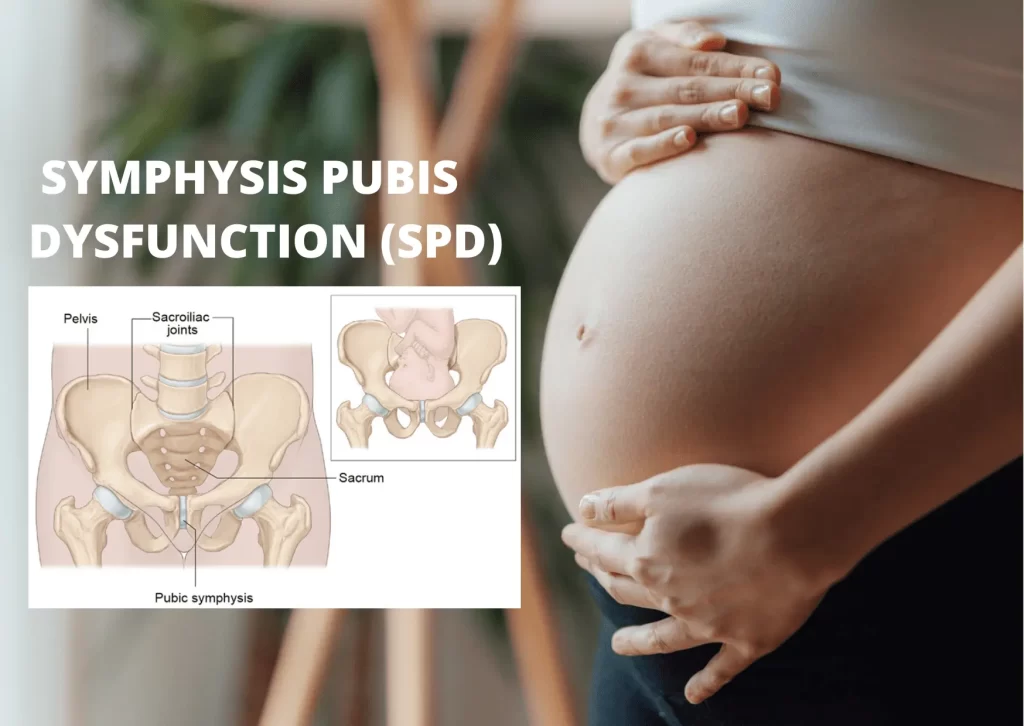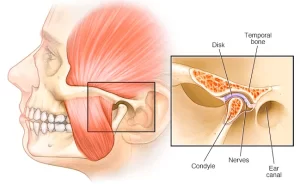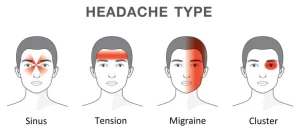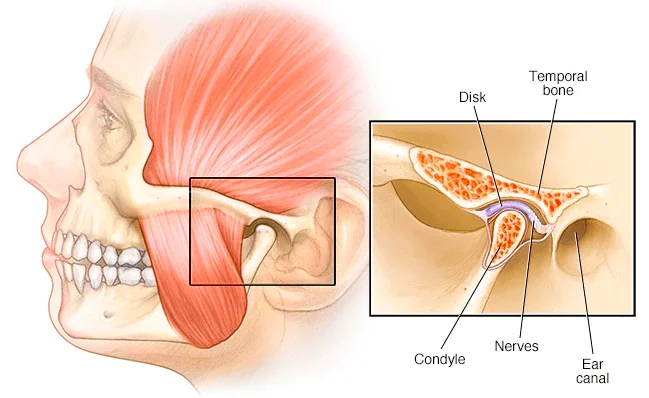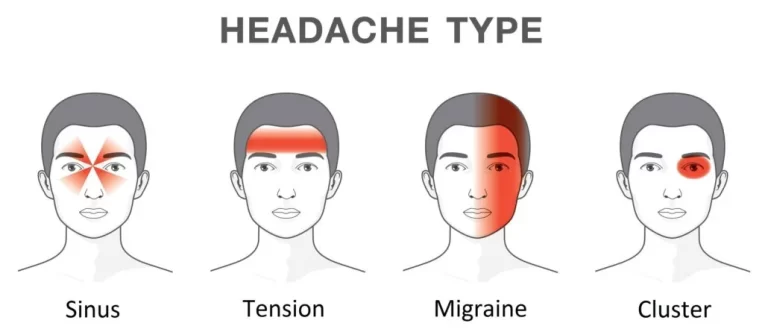What is Symphysis Pubis Dysfunction (SPD)?
Symphysis Pubis Dysfunction (SPD) is a collection of signs and symptoms of discomfort and pain in the pubic area between the left and right pelvic bones (Symphysis Pubis). Due to hormonal changes during pregnancy, the Symphysis Pubis joint becomes sufficiently relaxed, causing instability in the pelvic girdle. In severe cases, the Symphysis Pubis joint may get inflamed, increasing the average gap of 7mm to more than 10mm. This is known as the Symphysis Pubis Diastasis.
Whats Causes Symphysis Pubis Dysfunction (SPD)?
During pregnancy, hormones such as Relaxin are released to loosen the ligaments and muscles in the hips, stomach, pelvic floor, and pelvis. This loosening is intended to increase range of motion in order to help when giving birth. However, it also means that the joints can become more mobile than they usually would be. This can cause discomfort or pain in the pubic region. The baby’s weight and position are also thought to affect pelvic pain. Other causes of Symphysis Pubis Dysfunction (SPD) can include metabolic changes, trauma, inflammation, and degeneration. It can also be caused by conditions which increase strain on the pelvic region, such as Sacroiliac Joint (SIJ) Dysfunction.
Symptoms of Symphysis Pubis Dysfunction (SPD) may include:
- Pain in the pelvic area.
- Shooting or aching pain that can spread to other areas of the lower body, such as the upper thighs, lower back, and perineum.
- A clicking sound in the pelvis.
- Pain that worsens with activities such as climbing the stairs or bending forward.
- Difficulty walking.
- Trouble urinating or incontinence in some cases.
Symphysis Pubis Dysfunction (SPD) Treatment
Physical therapy is recommended for Symphysis Pubis Dysfunction (SPD). The goal of treatment is to decrease pain, improve muscle function, and improve pelvic joint stability and position. Manual therapy will be done to relieve pain and ensure that the joints in the pelvis, spine, and hips move normally. As treatment progresses, customised stretches and exercises to strengthen the muscles in the pelvic floor, back, stomach, and hips will be prescribed. If suitable, a pregnancy belt may also be recommended to support the pelvic bones and maintain correct alignment. If in doubt, please seek professional advice.
